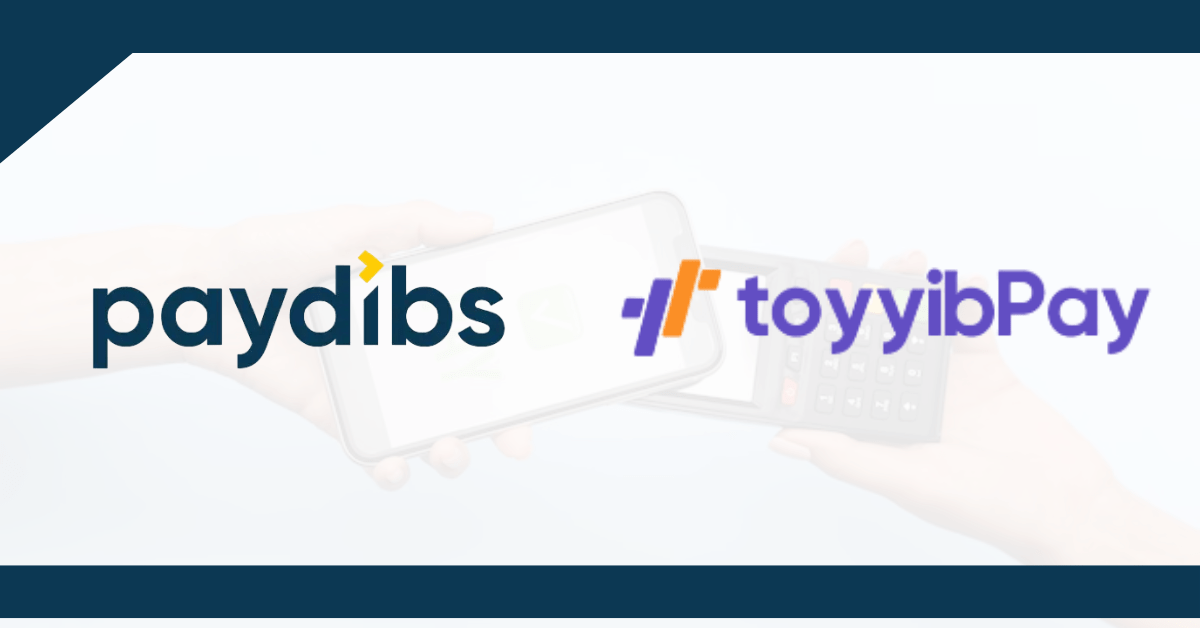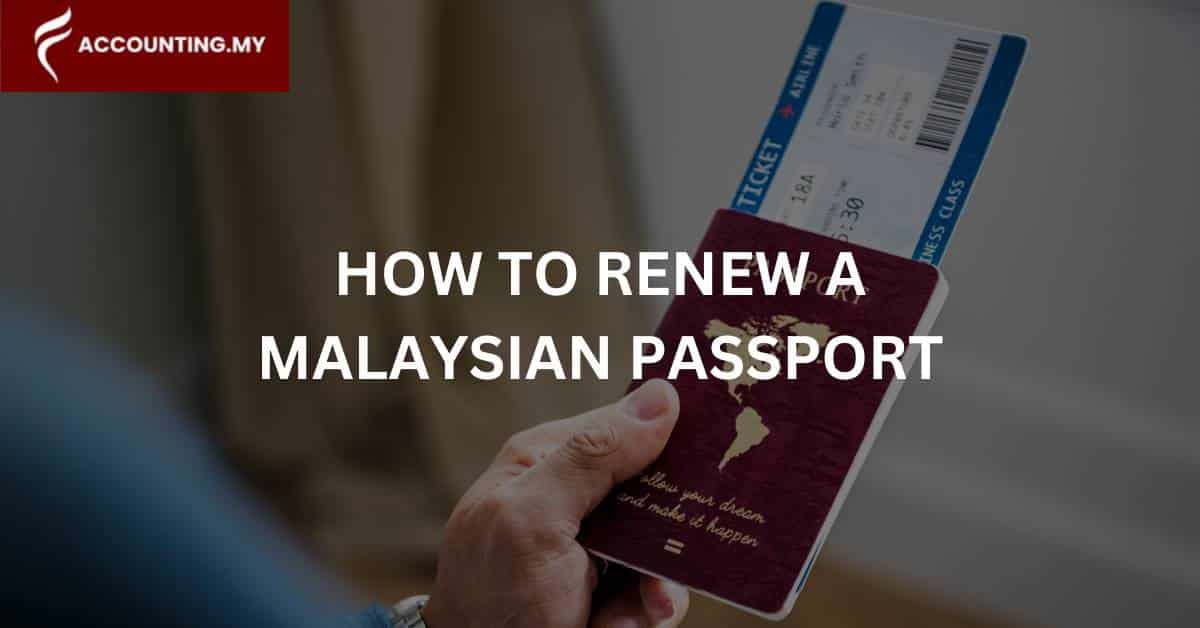Choosing the right payment gateway for your business can feel like navigating a maze. It’s not just about finding a way to accept money, it’s also about how the payment system aligns with how your business operations run. For businesses exploring payment solutions in Malaysia, two names frequently emerge: Paydibs and ToyyibPay.
But which one makes more sense for your needs? Is it the straightforward approach favoured by ToyyibPay, or the more extensive, tailored capabilities offered by Paydibs? We will explore it all, examining their unique strengths, features, pricing, and ideal applications.
Don’t worry, it’s not that complicated.
What Do Businesses Typically Need in a Payment Gateway?
Before diving into each option, it helps to understand what businesses should look for in a payment system:
- Affordable setup and maintenance: Nobody wants unexpected costs or hefty initial investments, cost and fees should be upfront.
- Access to local payment options: Essential for catering to customers’ preferred methods like FPX, Touch ‘n Go, Boost, or GrabPay. After all, if your local Mamak stall accepts it, your customers will expect you to as well.
- Credit and debit card payment capabilities: A must-have for wider customer reach.
- Integration with online stores and e-commerce platforms: Making it simple to connect to your sales channels.
- Responsive customer support: Getting timely assistance when you need it most.
- Clear settlement terms: Knowing precisely when your money arrives in your bank account.
Both Paydibs and ToyyibPay address and provide many of these requirements, but let’s peel back the layers and look at it closer.
ToyyibPay: The Clear Choice for Ease and Value
ToyyibPay positions itself as an accessible and affordable online payment gateway, particularly appealing to small and medium-sized enterprises (SMEs) and non-profit organisations. Its primary advantage lies in making online payment acceptance both straightforward and budget-friendly.
ToyyibPay Pricing
Here’s a clear look at ToyyibPay’s typical fees:
Plan / Service | Annual Fee | Setup Fee | FPX B2C Fee | FPX B2B Fee | Card Transaction Fee (Local) | Card Transaction Fee (Foreign) | Settlement Speed (FPX) |
Standard FPX | FREE | FREE | RM 1.00 | RM 2.00 | N/A | N/A | Within 1-4 business days |
Santai (NPO) FPX | FREE | FREE | RM 0.00 | RM 2.00 | N/A | N/A | Next 10 business days |
Card Payments (via partners) | RM 100* | RM 100 | N/A | N/A | 1.50% | 2.35% | Next 4 business days |
Note: The RM 100 annual fee for card payments begins in the subsequent year after onboarding.
“ToyyibPay provides a direct and economical pathway to online payments, particularly for those whose customers prefer local bank transfers.”
Highlights of ToyyibPay:
- Cost-Effective FPX: Their flat-fee structure for online banking payments is very competitive, especially the RM 1.00 for B2C transactions and the free option for NPOs.
- Shariah-Compliant: A key differentiator, providing assurance that financial transactions align with Islamic principles. They explicitly prohibit non-Shariah compliant activities.
- User-Friendly Tools: It’s simple to generate unique URL payment links and QR codes that you can share via messaging apps, social media, or invoices, allowing customers to pay instantly.
- Integration Readiness: Despite its simplicity, ToyyibPay offers plugins for popular e-commerce platforms (such as WooCommerce and EasyStore) and APIs for businesses needing a more customised setup.
- Accessible Support: Customer service is available through their official Facebook and WhatsApp Messenger channels, operating Monday to Saturday, from 7 am to 7 pm. The ToyyibPay login process is designed to be user-friendly for merchants.
Paydibs: The All-Encompassing Customiser
Paydibs, a Malaysian fintech firm regulated by Bank Negara Malaysia (BNM) and holding MSC status, describes itself as a comprehensive payment ecosystem. Its strength lies in providing a wider array of payment options, serving both online and physical transaction needs, and offering extensive customisation capabilities.
Paydibs Pricing (Online and Terminal)
Here’s a clear look at Paydibs’ typical fees, which can vary based on the chosen solution:
Feature | Online | Terminal (Rent) | Terminal (Buy) | Mobile App |
Signup Fee | FREE** | FREE | FREE | FREE |
Yearly Fee | RM 300* | N/A | RM 120 | N/A |
Terminal Cost | N/A | RM 40/month | RM 480 (one-time) | N/A |
Maintenance Fee | RM 300* | N/A | N/A | FREE |
Refundable Deposit | N/A | RM 500 | N/A | N/A |
Online Banking (FPX) | Yes | No | No | No |
Credit/Debit Card | Yes | Yes | Yes | No |
BNPL | Yes | Yes | Yes | Yes |
International Pay | Yes | Yes | Yes | No |
Disclaimer: This article is based on independent research using publicly available information from the respective companies’ websites, industry reports, and general knowledge up to our last update. This content is not endorsed by, affiliated with, or sponsored by either Paydibs or ToyyibPay.
- Maintenance fee can be waived with a minimum annual sales volume ( RM 360,000 in the previous year).
- Signup is only free for local merchants; foreign merchants may be charged USD 120.
- Transaction fees for various payment methods (FPX, cards, e-wallets, BNPL) are percentage-based and vary; please check the official Paydibs website for specific rates.
Highlights of Paydibs:
- Diverse Payment Methods: Includes FPX, a wide range of credit/debit cards (Visa, Mastercard, Amex), diverse local e-wallets, QR payments, BNPL, and robust options for international payments.
- Online and Offline Solutions: This is a significant differentiator for Paydibs, providing a complete payment environment. This includes Paydibs Checkout for online sales, Smart Payment Terminal for in-store transactions, and a mobile Payment App for on-the-go payments.
- Advanced Integration: Paydibs offers powerful APIs and SDKs, giving developers the tools to build highly customised payment workflows and integrate deeply with intricate existing systems.
- Enhanced Security: They emphasise robust fraud prevention measures, PCI DSS compliance, tokenisation, and data encryption.
- Fast Payouts: Paydibs generally provides quicker settlement periods, with funds from most card and online wallet payouts arriving within T+1 or T+2 days.
Unpacking the Differences: A Direct Comparison
All the reading can be tiring and we know it still can be a bit confusing between what they truly offer. So, here is a table that summarises the key distinctions to help in your decision-making process:
Feature | ToyyibPay | Paydibs |
Primary Focus | Online FPX, straightforwardness, value | Online & Offline, broad payment types |
Integration Method | Simple (plugins, payment links, QR) | Custom (API/SDK), plugins, terminals, mobile app |
Core FPX Trans. Fee | RM 1.00 B2C; RM 0.00 NPO B2C | Percentage-based (specific rates apply) |
Card Trans. Fees | From 1.50% (via partners, with fees) | From ~2.2% (core offering) |
Annual Fees | FREE (for FPX) | Potential RM300 (online); RM120 (terminal) |
BNPL Support | No | Yes |
Physical Terminals | No | Yes (rental/purchase options) |
Settlement Speed | Next business day (standard FPX) | T+1/T+2 working days |
Customer Support | Mon-Sat, 7 am-7 pm (online messaging) | 24/7 Hotline help desk |
Shariah Compliance | Explicitly promoted | Not explicitly highlighted |
Finding Your Perfect Payment Partner
Ultimately, the best payment gateway is the one that fits your unique business goals. Both Paydibs and ToyyibPay are strong contenders, each offering distinct advantages.
Consider ToyyibPay if:
- Cost-effectiveness is your priority, especially for online banking transactions. Their flat-fee FPX model is very appealing.
- You need a simple, quick setup to start accepting payments without requiring deep technical knowledge.
- Your business operates primarily online, with less emphasis on physical storefronts.
- Adherence to Shariah principles is a key deciding factor for your operations and customer base.
Choose Paydibs if:
- You require a wide array of payment options, including various credit/debit cards, diverse e-wallets, and Buy Now Pay Later facilities.
- Your business operates both online and has a physical presence, necessitating solutions like smart terminals or mobile payment apps.
- You need advanced customisation or seamless integration with complex existing systems, making their robust APIs and SDKs appealing.
- You value 24/7 customer support for continuous assistance.
- Your business is scaling and requires a more comprehensive infrastructure to handle increasing transaction volumes and diverse payment channels.
Navigating Your Business’s Payment Journey
In the end, neither Paydibs nor ToyyibPay is objectively superior, they are simply better suited for different kinds of businesses.
If you’re seeking a lean, affordable, and purely online solution, ToyyibPay stands as a strong option. However, if your business requires the flexibility of both physical and digital payments, coupled with international capabilities and deeper customisation, Paydibs provides tools that can scale alongside your expansion.
Remember, do not just compare features in isolation. Compare them directly against your actual business goals and choose the payment gateway that genuinely empowers your operations.
Alternatively, if you think neither of these payment solutions suits your fancy, check out our Top 10 Payment Gateway Malaysia guide!
Legal Disclaimer:
All brand names, trademarks, and logos displayed on this website are the intellectual property of their respective owners. Their use herein is solely for descriptive and identification purposes. This website makes no claim of ownership, endorsement, or official association with any of the mentioned brands unless expressly stated.
Frequently Asked Questions About Paydibs vs ToyyibPay
Yes. Both Paydibs and ToyyibPay generally support recurring billing, often through their API integrations, which is crucial for subscription-based businesses.
No, both Paydibs and ToyyibPay require a registered business entity (Sole Proprietor, SDN LLP) with valid SSM documentation to open a merchant account.
Both platforms offer tools and support for fraud prevention and managing chargebacks, though Paydibs may offer more advanced features for high-volume or terminal-based transactions due to its broader scope.
Yes. Especially ToyyibPay with its specific NPO rates, and both can facilitate general donation payments through their payment links or website integration.
Yes, both platforms offer merchant dashboards where you can view transaction histories, sales reports, and settlement details to track your business performance.
Paydibs explicitly supports multi-currency payments and international cards. ToyyibPay, while accepting foreign cards via partners, primarily processes payments in MYR.















